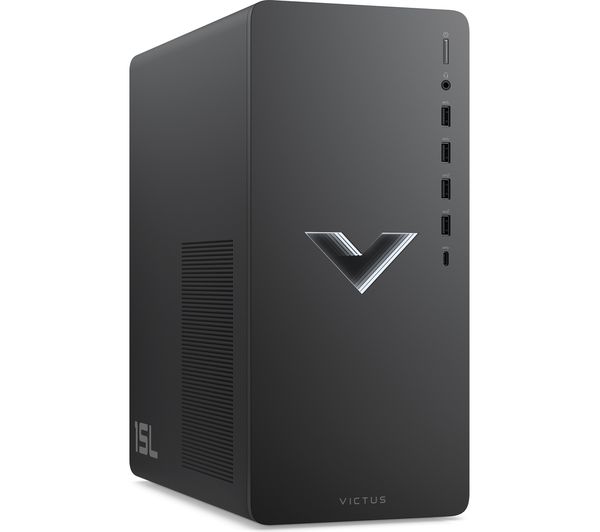Picture this: you’re up, dressed, at your desk and ready to start work. Your day is off to a great start. You open your laptop and try launching an application or opening a large file, only to be held up by a loading bar that seems to take forever. Sound familiar? We’ve all been there. With an inferior data storage drive, this scenario can become—or might already be—a daily occurrence.
Whether you’re in the market to buy, build, or need to upgrade your computer, having the right SSD can make or break your day—and choosing the right one can ensure excessive load times are a thing of the past.
There are quite a few data storage options at your disposal, the most common being SSDs and HDDs. The main difference between the two is how data is stored and accessed. HDDs use mechanical spinning disks to read, write, and access data, while SSDs have no mechanical parts and store information via flash memory. Flash memory—or non-volatile (NAND) flash memory—consists of individual memory cells that store information nearly instantly accessible by the controller.
The invention of SSDs arose from the demand for faster, less fragile data storage technology. While the nature of HDDs sometimes makes them slow, clunky, and physically vulnerable, SSDs overcome these issues by harnessing NAND flash memory technology.
As technological demands have progressed, so have users’ needs to store larger amounts of data, which requires greater processing power—or cell density—from storage devices. Manufacturers have sought to address these issues by innovating more advanced SSDs and interfaces. Initially, SSDs made use of interfaces designed for HDD storage–yet as the speeds of SSDs increased, these interfaces became performance bottlenecks. To circumnavigate this, manufacturers switched to PCI Express (PCIe), an interface standard developed solely to connect high-speed components.
So, we know SSDs are small, quick, and hard to damage. But which one is right for you?
Here are a few key things to consider when picking out an SSD:
- How do you plan to use your computer?
This is key to selecting a new SSD. Are you using it for content creation, gaming, school, or work? The right SSD for you will depend upon the file storage demands of your specific activities or occupations.
Content creators and engineers will likely need larger-capacity SSDs. Meanwhile, most students need less capacity and may be well off with less expensive SSDs.
- Which SSD features do you need to consider?
SSDs are available in various physical sizes and interfaces. Your new SSD must be a form factor that can be integrated with your existing hardware.
- What are your performance expectations?
For many, performance is a deciding feature. Simply put, no one wants to wait for their computer to load files or boot up. Your SSD will have performance specifications such as the sequential and random read/write performance metrics to help inform your decision. Investing in a higher-performance SSD often comes at a higher cost; and ultimately, this can be the deciding factor in which SSD you choose.
If you are replacing an HDD or upgrading your current SSD, consult your computer system manual to confirm the form factor, interface, and data-transfer protocol required.
Getting a second opinion
With so much to consider, it isn’t easy to pick the right SSD. However, you’re not alone–a host of reviewers and third-party validators can help you make the most informed decision possible. Our recommendation is to conduct research and read reviews. Reviewers test SSDs in real-world scenarios, like work and gaming. Your due diligence will result in an accelerated computing experience that meets or surpasses your needs.
SSDs can improve your workday, school day, gaming experience, and more—and Solidigm is helping users do just that. Our optimized SSD solutions can help you unlock data’s unlimited potential. Learn more.




















